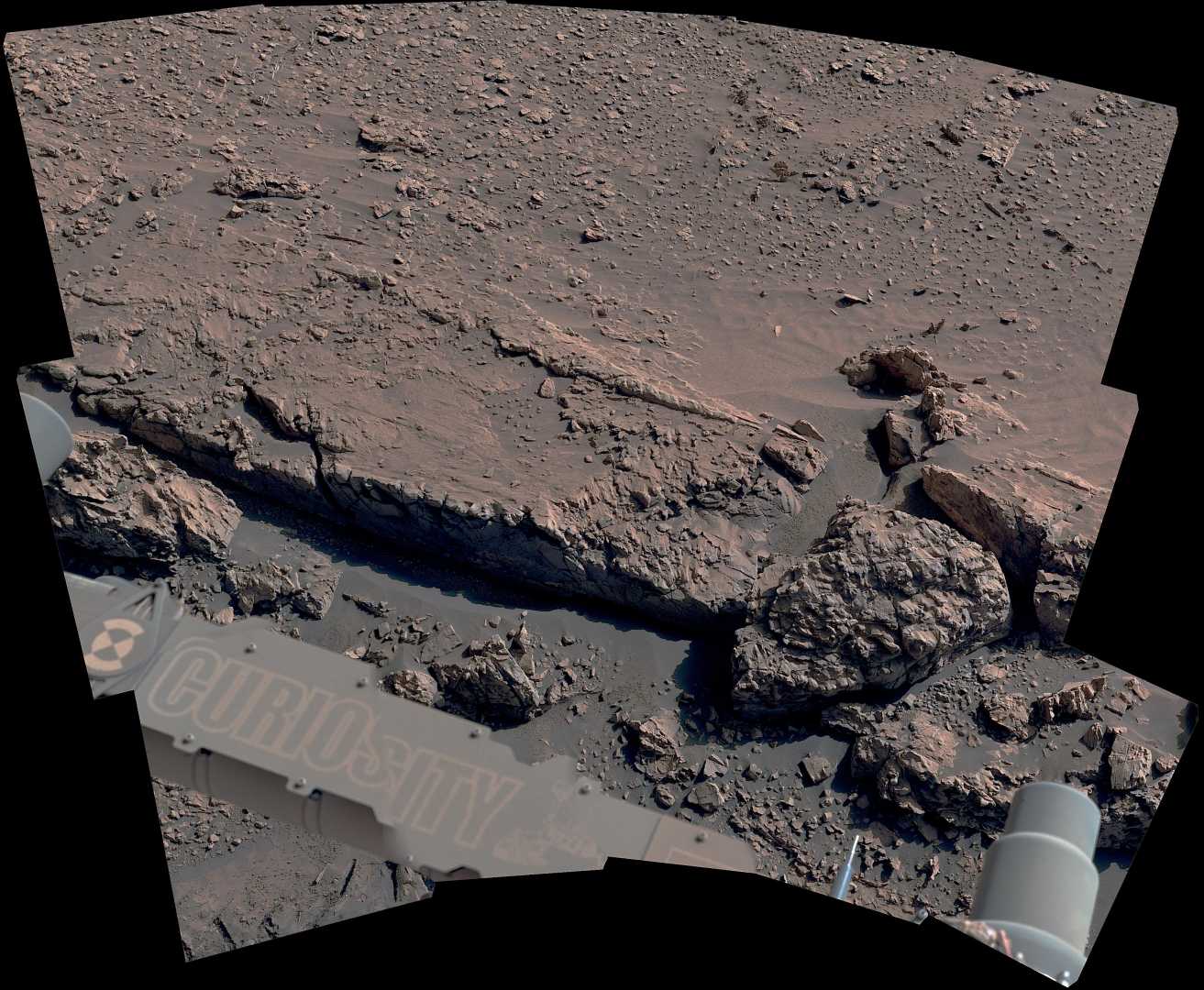News
Curiosity Rover Uncovers Mars’ Unusual Boxwork Patterns

Pasadena, California — NASA‘s Curiosity Mars rover has recently drilled a rock sample from a unique region on Mars that may provide insights into whether the planet once hosted life. The rover obtained images and data that have raised new questions about how the Martian surface has changed over billions of years.
The region, characterized by boxwork patterns, was viewed up close for the first time after being observed previously only from orbit. Scientists believe these patterns may have formed from ancient groundwater, which left behind minerals that hardened within rock fractures.
Curiosity’s project scientist, Ashwin Vasavada, stated, “A big mystery is why the ridges were hardened into these big patterns and why only here.” The rover has encountered crisscrossing low ridges, resembling a crumbling curb, which stretch across miles at the base of Mount Sharp, a towering 3-mile-tall mountain that Curiosity has been climbing since 2014.
While the Martian climate has become significantly drier over the ages, evidence of subsurface water remains. Curiosity is currently exploring a layer high in magnesium sulfates, which form as water evaporates. This finding indicates that even as the surface dried, water could have persisted below, shaping the landscape we observe today.
The rover’s findings have unveiled a distinct bedrock composition in the region with tiny fractures that contain veins of calcium sulfate, another mineral associated with water activity. Abigail Fraeman, Curiosity’s deputy project scientist, expressed excitement over the unexpected return of these veins, which had been absent in higher layers of Mount Sharp.
Curiosity’s mission team is focused on understanding the unique geological attributes of this area. They drill samples from the Martian surface and analyze them to uncover details about the planet’s ancient environments. The latest drill site, named “Altadena,” highlights a shift in the rover’s exploration themes, as it uses names inspired by localities in Bolivia as it ventures into a new area.
In an ongoing effort to document and study the surface, the mission plans to continue collecting samples and imageries that may reveal further clues to Mars’ history. Curiosity’s journey illustrates the scientific approach to understanding the Red Planet’s potential for harboring life.












